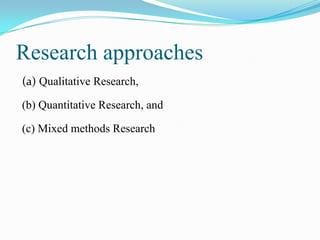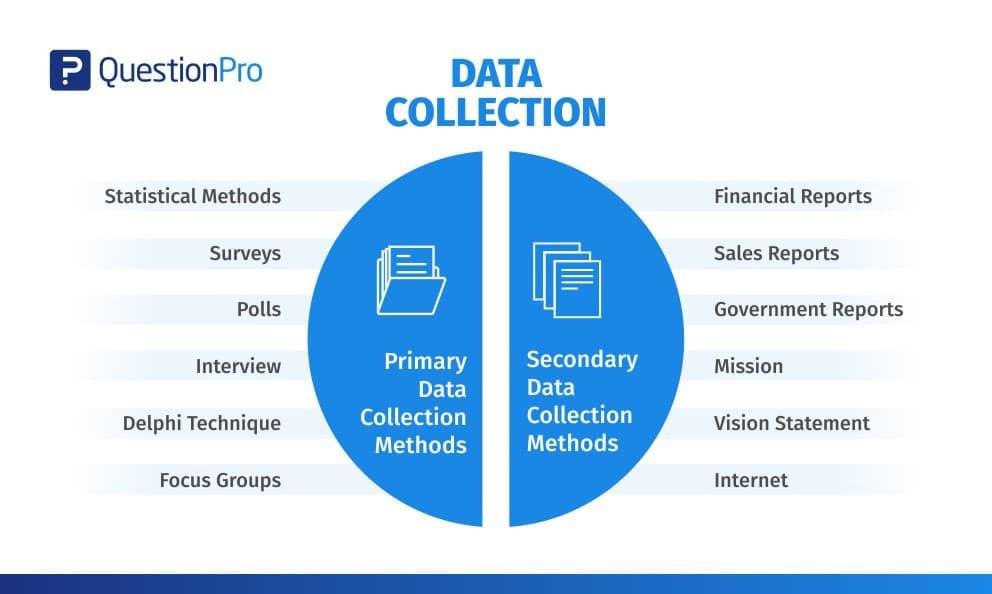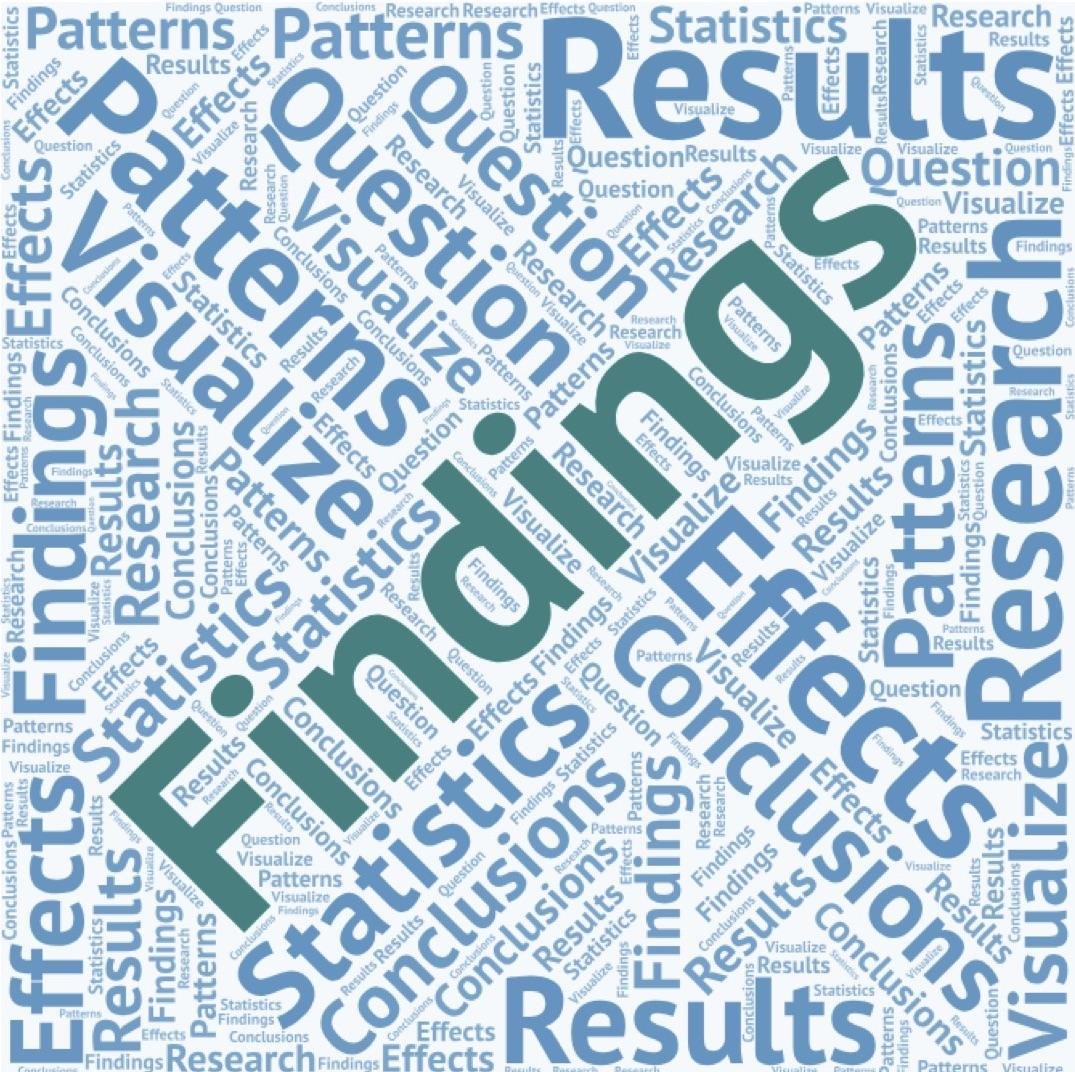research report methods

Introduction: Exploring Research Report Methods
In the ever-evolving landscape of knowledge and inquiry, the research report stands as a vital cornerstone, allowing scholars and practitioners alike to communicate their findings and insights effectively. But what makes a research report truly effective? This article delves into the various methods of crafting these essential documents, highlighting the structural and analytical components that enhance clarity and persuasiveness. From gathering robust evidence to synthesizing complex data into meaningful conclusions, the methods employed in research reporting are fundamental to ensuring that research purposes are not only met but celebrated. By examining established practices and innovative techniques, we aim to provide a comprehensive guide that demystifies the process of writing research reports, ultimately empowering both novice and experienced researchers to present their work with confidence and precision. Whether you are navigating the intricacies of qualitative data or the rigors of quantitative analysis, understanding the methods of research reporting will equip you to tell your story compellingly and accurately.
Exploring Diverse Research Report Approaches
Research reports can take various approaches, each tailored to the specific needs of the investigation and audience. One common method is the quantitative approach, which involves the systematic collection and analysis of numerical data. This method focuses on statistical techniques to uncover patterns and test hypotheses, providing concrete evidence to support findings. In contrast, the qualitative approach emphasizes understanding human behavior and experiences through rich descriptions and thematic analysis. This method often employs interviews, focus groups, and observational studies to gather insights, making it invaluable for exploring complex social phenomena.
Additionally, a mixed-methods approach combines elements of both quantitative and qualitative research, allowing for a more comprehensive understanding of the research problem. This hybrid strategy can enrich data interpretation by providing both numerical data and detailed context. Other innovative methods include case studies, which delve deeply into specific instances to illuminate broader trends, and longitudinal studies, which observe subjects over extended periods to track changes and developments. By embracing diverse methodologies, researchers can better address their questions and contribute meaningfully to their respective fields.

Unveiling the Pillars of Effective Data Collection
Effective data collection serves as the cornerstone of any robust research methodology. Achieving this requires a clear understanding of both qualitative and quantitative approaches. Qualitative methods, such as interviews and focus groups, shine in exploring complex human behaviors and insights, allowing researchers to gather rich, detailed narratives. In contrast, quantitative methods, which include surveys and experiments, focus on numerical data that can be statistically analyzed, providing a broader view of trends and patterns. When these methods are employed synergistically, they enable a comprehensive understanding of the research question, ultimately enriching the findings.
To maximize the efficacy of data collection, researchers must be mindful of their chosen techniques and the context in which they operate. Key factors to consider include:
- Target Audience: Knowing who will provide the data helps tailor the approach effectively.
- Methods of Data Collection: Balancing different methodologies can lead to more reliable results. For example, combining surveys with observational data can uncover correlations that may otherwise remain hidden.
- Ethical Considerations: Upholding ethical standards not only protects participants but also enhances the integrity of the research.
By carefully navigating these elements, researchers can unveil actionable insights that contribute meaningfully to their fields.

Crafting Compelling Narratives through Analysis
In the realm of research, the ability to weave together data and narrative is paramount. Good analysis serves as the backbone of impactful storytelling, enabling researchers to present their findings in a way that resonates with the audience. To achieve this, it’s essential to understand the interplay between various research methods and the stories they can tell. Consider employing techniques such as:
- Qualitative Analysis: Unpacking complex themes through interviews and focus groups.
- Quantitative Analysis: Utilizing statistical methods to uncover trends and patterns.
- Mixed Methods: Blending both qualitative and quantitative approaches for a well-rounded perspective.
Once the appropriate methods have been implemented, it’s important to present the findings in a structured manner. This is where tables can enhance clarity and engagement, encapsulating data in a visually appealing way. Below is a simplified table showcasing hypothetical research outcomes based on different methods:
| Research Method | Key Findings |
|---|---|
| Qualitative Analysis | Identified the emotional impact of user experience. |
| Quantitative Analysis | Measured a 25% increase in user engagement. |
| Mixed Methods | Validated experiences with statistical backing. |

Best Practices for Presenting Research Findings
html
Effective presentations of research findings hinge on clarity and engagement. Begin by crafting a compelling narrative that guides your audience through your research journey. Avoid overwhelming your listeners with excessive data; instead, focus on key findings that support your thesis. Visual aids, such as graphs or infographics, should enhance your storytelling rather than distract from it. Utilize a balanced mix of text and images to keep your slides visually appealing yet informative. Aim to connect emotionally with your audience by highlighting the real-world implications of your research.
Incorporating interactive elements can significantly improve audience engagement. Consider the following strategies to foster participation:
- Pose rhetorical questions throughout your presentation to stimulate critical thinking.
- Encourage discussions by allocating time for Q&A sessions.
- Use real-life examples to illustrate complex concepts effectively.
Additionally, practice is crucial. Rehearse your delivery multiple times to ensure a smooth presentation flow and confidence in your content. Feedback from peers can also provide valuable insights, allowing you to refine your method. Remember, the goal is not merely to inform but to inspire action and curiosity among your audience.
Insights and Conclusions
the realm of research report methods is as diverse and multifaceted as the questions it seeks to answer. Each methodology offers a unique lens through which to view data, shaping our understanding and interpretation in profound ways. By embracing both qualitative and quantitative approaches, researchers can craft narratives that not only inform but inspire. As we navigate the ever-evolving landscape of research, it becomes crucial to remain adaptable, recognizing that the methods we choose are not mere tools, but integral components of the journey toward knowledge. Whether you’re a seasoned researcher or just starting, the commitment to rigor and curiosity will ensure that your findings resonate far beyond the pages of a report. As you embark on your own research endeavors, remember that the method is not the destination; rather, it is the compass guiding you through the intricate terrain of discovery.




